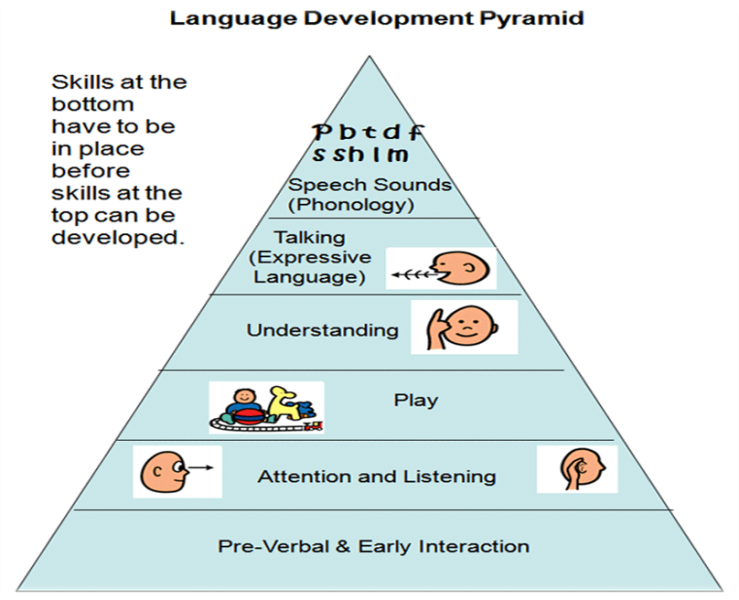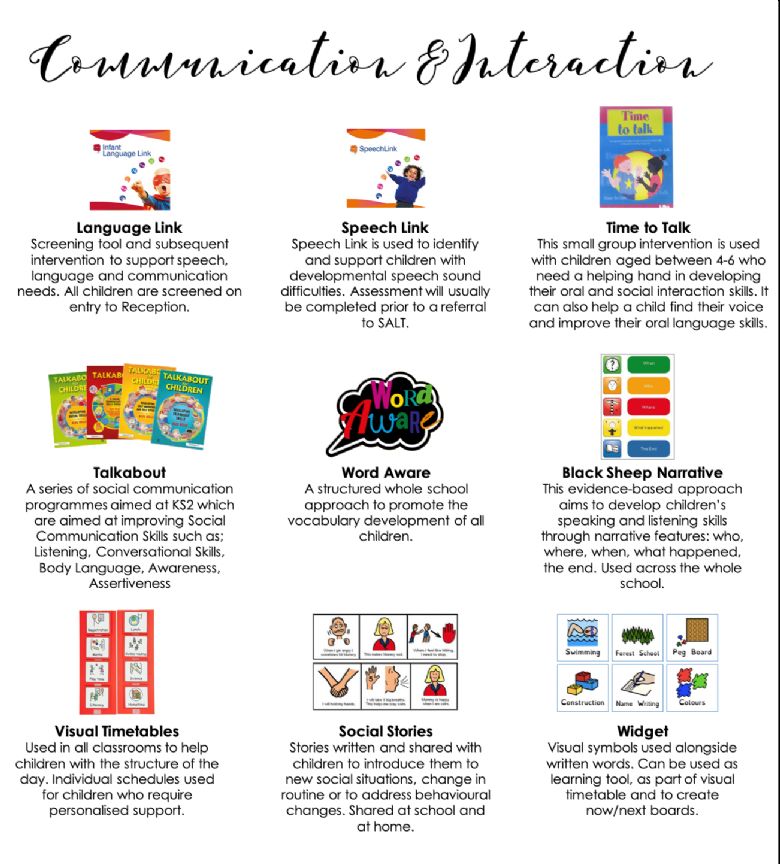Communication and Interaction
What is communication and Interaction?

Communication is fundamental to a child’s development. The ability to communicate and interact with others is essential for children to learn, play and develop friendships. At Bengeworth we are committed to supporting children’s development of communication and interaction skills.
Some children experience difficulties with communicating and interacting with others. They may experience difficulties with one or more of the following:
- Understanding what others are saying
- Using words to express themselves
- Listening and paying attention
- Interacting with other children (social skills)
- Pronouncing words
- Speaking fluently (stammering)
Children with Autism Spectrum Disorder are also supported by the communication and interaction team.
How do we support it?
At Bengeworth we support children’s communication and interaction (CAIT) needs in a number of ways as they are a key component of children’s development and the need to communicate effectively is paramount.
A Language Link screening assessment is used to check the language skills of all children in Reception. This screening process is carried out to identify children who need support with their communication and interaction skills.
High Quality Teaching
The high quality teaching at Bengeworth CE Academy promotes communication and interaction development. Some children have mild communication difficulties that can be supported through high quality teaching in class.
Many of our staff members have completed training courses in language and communication support (e.g. Communication TA training, Word Aware, Supporting CCLN, Black Sheep Narrative). Our LSP’s have also received regular training from the Speech and Language Therapist in order to help support pupils that they work with.
Targeted / Individualised Support

What can you do at home?
If you think your child might need help with their communication and interaction needs at home you can support them in the following ways:
- Emphasising key words or phrases when speaking to them
- Ensuring that attention is gained before asking questions or giving instructions
- Use their name to gain their attention
- Using non-verbal means of communication e.g. gestures (nodding/ shaking head), picture cards (for daily routines)
- Engage the child in joint activities that they have an interest in
- Follow the child lead, rather than directing them this will make them more likely to engage in the activity
Useful Links:
